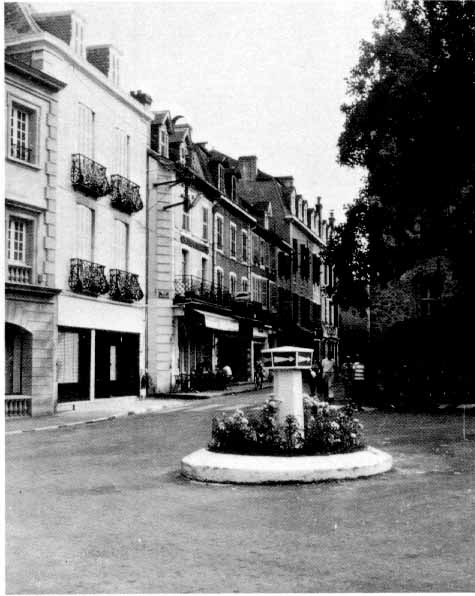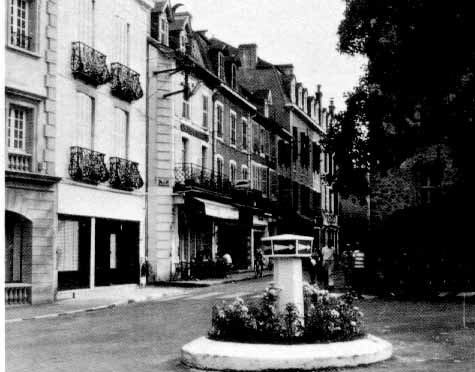The Basques have always enjoyed a high level of rights and autonomy, at least relative to their neighbors. These are embedded in the revered Fueros. However, as European nobility became more powerful, the common man lost more and more autonomy and rights. In France, the centralization of power in the hands of the king led to the loss of rights, land, and money, causing more than a little discontent in the populace. It was only a matter of time until that anger erupted…

- Once Louis XIV became king of France, France began centralizing power, removing it from the localities that once enjoyed significantly more autonomy. In Zuberoa, this manifested itself in the suppression of the popular election of representatives, increases in taxes, and the change in ownership of communal lands to nobles. In particular, the edict of March 1639 allowed the crown to sell communal lands for its own benefit. This included Jean-Armand du Peyrer, famous for being the inspiration for the Monsieur de Tréville in Alexandre Dumas‘s The Three Musketeers, becoming Viscount of Zuberoa.
- Not much is known about Bernard Goihenetxe, now popularly known as Matalas or Matalaz. He was born in the town of Mitikile and studied for the priesthood in Bordeaux. However, it was his actions at the end of his life that gained him notoriety.
- Meetings between the nobles and the third estate – the peasantry and common folk – went no where in resolving the tensions brought about by the changes in power. Matalaz stepped forward, advocating for revolt and gaining the support of the assembly – all minus the ecclesiastical class.
- The revolt started in June 1661. The nobility – primarily the Count of Iruri and the bourgeoisie of Maule-Lextarre – was attacked by between 4,000 and 5,000 rebels. The rebels burned houses and besieged the city of Maule (Mauleón). Their numbers had swelled to some 7,000.
- Overwhelmed, the nobility called to the army in Bordeaux for help. On October 12, 1661, the army – consisting of 100 horsemen and 400 foot soldiers – confronted the rebels in the town of Sohüta. The army defeated the rebels, but not before Matalaz escaped to Urdiñarbe, where he was later captured.
- Matalaz was taken back to the castle of Mauleón where he was tried and condemned to death. On November 8, he was beheaded in the plaza of Lextarre. His head was hung from one of the cannons as a warning to other would-be rebels. Others were also condemned to death, but escaped to the other side of the border.
- The nobility further reduced the local rights of the people, consolidating more power and land into their own hands. While the Fueros of Zuberoa were not yet completely abolished, they were significantly weakened.
Primary sources: Arozamena Ayala, Ainhoa. GOYHENECHE, Bernard de. Auñamendi Encyclopedia. Available at: https://aunamendi.eusko-ikaskuntza.eus/en/goyheneche-bernard-de/ar-68182/; Levantamiento del cura Matalas en Sola, Wikipedia; Bernard Gohienetxe, Wikipedia
Inspired by a post by Eneko Ennekõike.
Discover more from Buber's Basque Page
Subscribe to get the latest posts sent to your email.



Greetings,
King Louis XIV was Absolute Monarchy–The army and the church–army and religion. So what’s new?
Louis XVI and his wife had their head chopped off.
As for the taking of the land for private use or by government–what did the Spaniard, French, English–from whom did they obtain land in the Americas? the Indigenous people. It is still happening at present. Monarchy has been replaced by government.
Matalaz had a conscience.
Monique